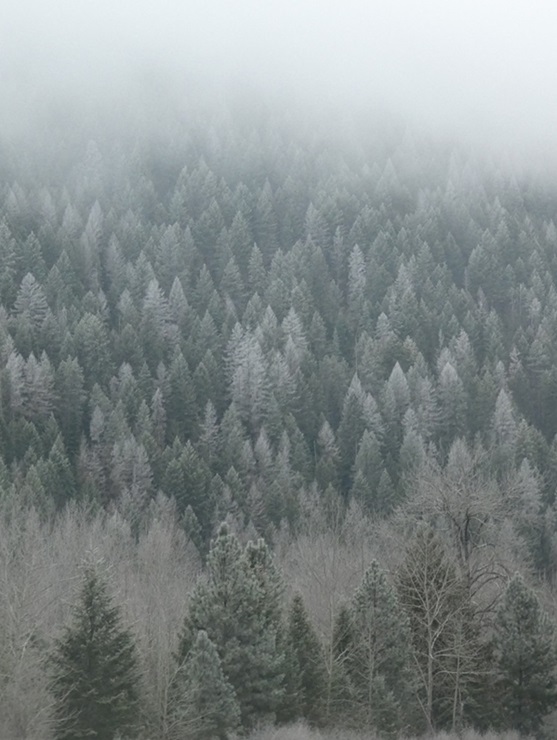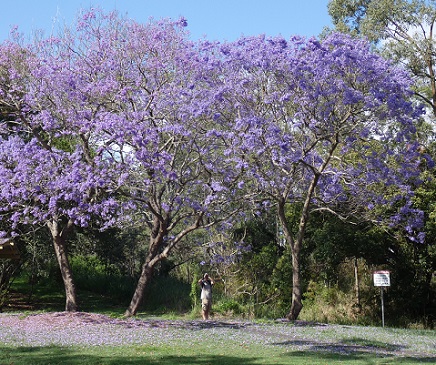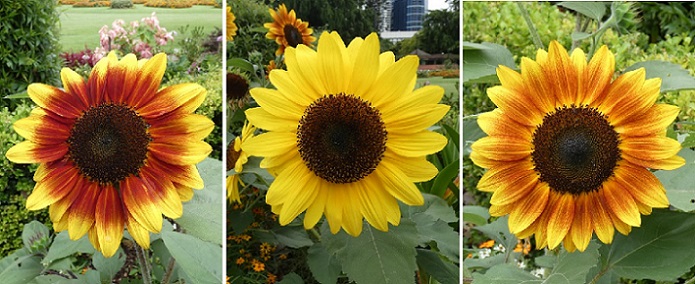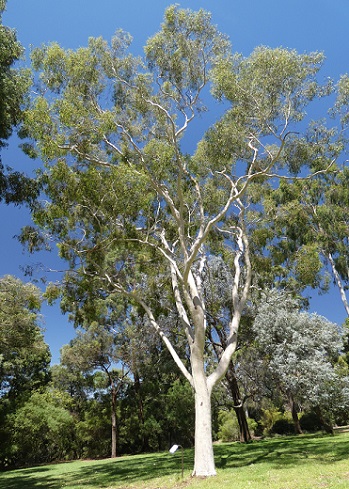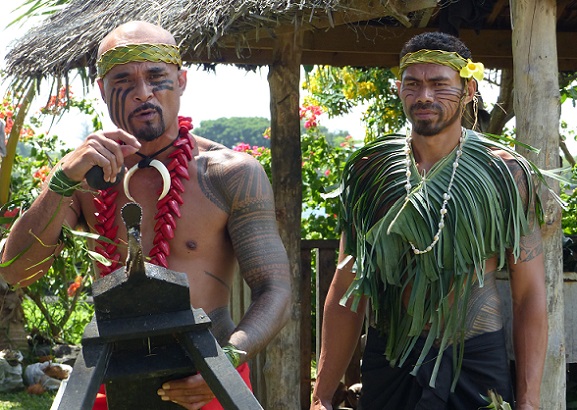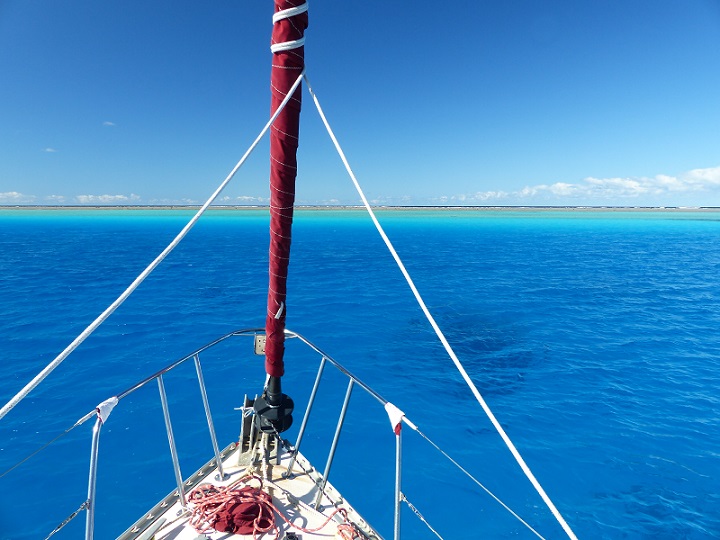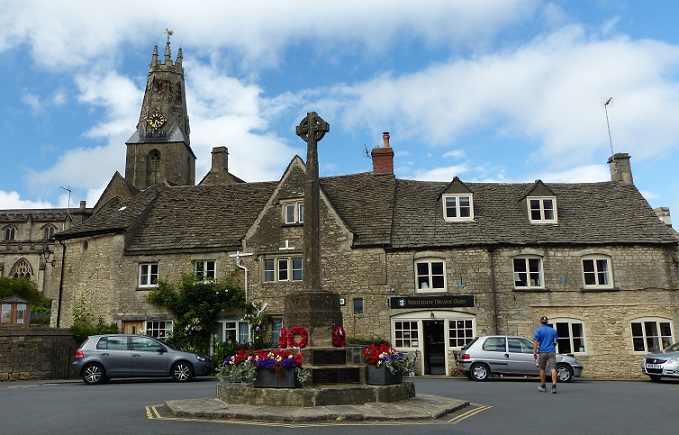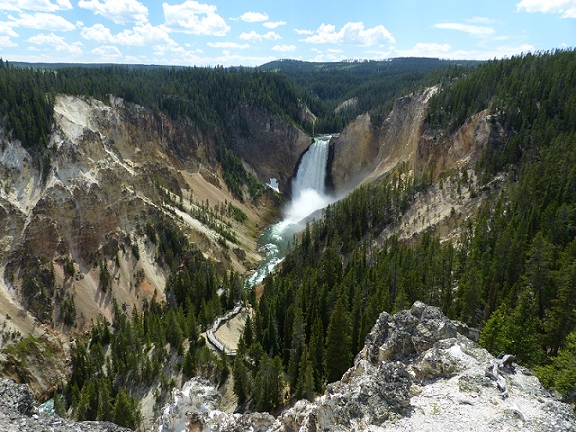
Tregoning
12 April 2024 | We are back aboard Tregoning in Mersin Marina, Mersin, Türkiye
02 April 2024 | We are in Toronto Airport, Canada: Tregoning is in Mersin Marina, Mersin, Türkiye
25 February 2024 | We are back in Gainesville, FL: Tregoning is in Mersin Marina, Mersin, Türkiye
18 February 2024 | We are in Glenwood, New Mexico: Tregoning is in Mersin Marina, Mersin, Türkiye
12 February 2024 | We are in Morro Bay, California: Tregoning is in Mersin Marina, Mersin, Türkiye
19 January 2024 | We are in Vancouver, BC Canada: Tregoning is in Mersin Marina, Mersin, Türkiye
01 January 2024 | We are in Washington State: Tregoning is in Mersin Marina, Mersin, Türkiye
15 December 2023 | We are in Minnesota: Tregoning is in Mersin Marina, Mersin, Türkiye
18 November 2023 | We are in Florida: Tregoning is in Mersin Marina, Mersin, Türkiye
29 October 2023 | We're in Florida - Tregoning is at B-dock, Mersin Marina, Mersin, Türkiye
21 October 2023 | 7 Oda Kapadokya Cave Hotel, Ürgüp, Türkiye
14 October 2023 | Hotel Aşikoğlu, Boğazkale, Türkiye
07 October 2023 | B-dock, Mersin Marina, Mersin, Türkiye
19 September 2023 | “Chez Jon & Angela”, Near Otterton, Devon, UK
14 September 2023 | Airbnb in Fortuneswell on the Isle of Portland, Dorset, UK
11 September 2023 | With Mike, Grange-over-Sands, Cumbria, UK
03 September 2023 | Ardington House, Ardington, Oxfordshire, UK
24 August 2023 | Near "Chez Joan and Peter", College of Roseisle, Moray, Scotland
11 August 2023 | Andrew's house (not exactly), Lichfield, UK
22 July 2023 | Chez Gail, near the New York Café, Budapest, Hungary
Seeking tiny glowworms
24 November 2015 | Jacksons Retreat, Road to Arthur’s Pass, South Island, New Zealand
Photo: A bellbird near the Okarito Lagoon, Westland Tai Poutini National Park, South Island, New Zealand

Heading north from Franz Josef on Monday (November 23rd), our next intended destination was Arthur’s Pass National Park where there would be a variety of hiking trails for us to explore, including a nature trail through meadows of blooming alpine flowers. However, the weather did not look too promising so we decided not to rush there, in the hope that conditions would be better the next day.
We took a detour off the main highway to visit the small community of Okarito which was on the coast at the mouth of the Okarito Lagoon, the largest unmodified wetland in New Zealand. Tolerating brief showers of light drizzle we wandered down to the beach, followed a boardwalk across the marsh, and stood on a dock overlooking the mouth of the lagoon. Along the boardwalk we heard a loud, very rich birdsong and wondered if we were in the presence of bellbirds, an endemic species well known for their “liquid ringing notes”. However, we soon convinced ourselves that these were the calls of another, even more abundant endemic that we had seen throughout New Zealand, the delightful tui. Several of them were flying around, displaying their distinctive white tuffs of feathers on their throats.
Like oversized European blackbirds (which are a common introduction in New Zealand), tuis have black bills and their bodies look black but have a green-blue-bronze iridescent sheen, white wingbars and filamentous, white feathers forming a wide ruff around the back of their neck. They can seem quite tame in an urban setting but are most conspicuous for their extraordinary range of vocalizations which, in addition to the melodious song, can include “coughs, clicks, grunts, and wheezes”.
We were a little disappointed that the calls were probably not from bellbirds until I looked on a branch just beyond where Andrew was walking and had to order him to stop. He obligingly froze and a swift glance through the binoculars revealed that the small bird over his head was indeed a bellbird. It was not singing but the olive-green head, red eye, blue-black wings and tail, and yellow patch on the bend of the folded wing were unmistakable and we were all rather pleased by our first-sighting of this species.
This feeling was repeated when, over the lagoon, we caught a more-distant, first-view of a common native, the royal spoonbill. In a different genus from the roseate spoonbill found in Florida and Mexico, the royal spoonbill is a 77 cm-long (30 inches), pure white wading bird with long black legs and a long, black, spoon-shaped bill.
We kept looking for other white birds because the Waitangiroto River just north of the Okarito Lagoon holds the distinction of being the only breeding site in New Zealand for the very rare native, the white heron (a.k.a. kotuku or eastern great egret). Only about 50 pairs breed in the area but they feed in the Okarito lagoon and eventually disperse throughout the North and South Islands during the rest of the year. Their nesting area was finally protected in a Nature Reserve in 1941, when only four nesting pairs of heron remained. Various boat tours take people to see the nesting area but given the dismal weather we were not tempted.
Instead, we continued northward and after stopping for a wind-swept picnic by the beach at Ross, we made a brief visit to the gold mining museum there. Gold was first discovered in New Zealand in 1852 on the Coromandel Peninsula of the North Island. Initially, the Maori iwi (tribes) who owned the land were able to make some money from these finds. After the influx of thousands of European settlers during the short boom-time, the bust and changes in local governance left the tribes in debt and forced them to sell much of their land.
Various gold-rushes around the country attracted miners from California and Australia and the biggest strike was in Central Otago (South Island) starting in 1861. Although this gold-rush only lasted a few years, it lead to the rapid expansion of the relatively new settlement of Dunedin (founded 1848) into the country’s largest city, at least for a while. The second richest gold-bearing area after Otago was along the West Coast, where gold was first discovered in the Taramakau River, just north of Hokitika in 1864. Gold was quickly found in various other rivers along the West Coast and, in 1866, Hokitika was the most populous settlement in New Zealand with 25,000 people and more than 100 pubs, in large part because the road over Arthur’s Pass from Christchurch to Hokitika was opened in March of that year.
From 1865 to 1914 the Ross goldfield was the most productive alluvial goldfield in New Zealand. Most alluvial gold-rushes were short-lived and in only a few areas, such as Ross, did shaft-mining for gold seem worthwhile. The district for which Ross was the administrative center, had a maximum population of 3,000 in the late 1860s. Only 300 people now live in Ross but the small town sits on a goldfield that in 1993 was estimated to be worth about NZ$700 million. That deep goldfield and the tailings and terraces of the old alluvial mines are currently being worked by a small private company using modern technology.
We resisted the temptation to hire pans to sift for gold in tailings that had been brought to the museum and continued on to the seaside town of Hokitika which now only boasts 3,000 inhabitants. The setting for the 2013 Man Booker Prize-winning novel “The Luminaries” by Eleanor Catton (about the gold-rush era and a book which I have yet to read despite Martha M’s thoughtful recommendation), Hokitika is now a largely tourist town with many galleries, gift-stores, and cafes. After devouring ice-creams and taking a brief-wander around, we went in search of the Glowworm Dell.
The interpretive sign emphasized that the glowworms were best viewed at night but that did not stop us from looking for, and eventually finding deep in shady spots of the dell’s vegetated walls, some of their tiny points of light. New Zealand and Australian glowworms are the larvae of a species of fly called the fungus gnat (thus, they are maggots not worms but who would hunt for “glowmaggots”?)
All stages of the gnats’ life-cycle other than the eggs can produce bioluminescence but the larvae (growing up to 3 to 4 cm or 1.5 inches) have the brightest light, which is produced by a chemical reaction in a kidney-like organ at the tip of the tail. The blue-green light is attractive to midges and other small flying insects, which are the gnats’ principal prey, and these are trapped in sticky threads of silk and mucus that hang below the glowworm. When a glowworm senses vibrations on its thread, it will haul the paralyzed victim up and devour it whole or suck-out the juices. In some places, many glowworms will live together creating a curtain of the sticky threads.
Needing a still, humid environment, glowworms are typically found in caves, under overhangs, along streams, or among moist vegetation of a ravine. It took us a while to find any in the Dell because we were initially looking for something larger and in flight, more like the flashing tails of the beetles that are called fireflies in the northern hemisphere. While it was tempting to wait until nightfall to see the glowworms in the Dell more clearly, dark comes pretty late in these latitudes in the summer, so we decided to move on.
North of Hokitika, we turned inland on the road to Arthur’s Pass but driving up the side of the Taramakau Valley (of gold-rush fame) it was quickly obvious that the clouds were low over the mountains. By the time we reached the junction with a road, which could take us back to the coast the next day if we abandoned our trip to the National Park, it was raining so we stopped for the night at the Jacksons Retreat and Holiday Park.
Jacksons Retreat did not have any small cabins for rent so, rather than have all four of us and our wet gear sleep in the campervan, we splashed-out and rented a three-bedroom unit, complete with our own kitchen, bathroom, TV, and wood-burning stove. The latter was greatly appreciated as a means of drying out our rain-gear because we made a late-evening sortie in the drizzle to see glowworms in the nearby woods.
The trail from the campground to the glowworm stream was clearly marked but I made a reconnaissance trip first in daylight to make sure that it was easy to find. We were told that kiwis had been seen along the trail and in the campground recently, so we were encouraged to use red lights which would not disturb the birds. Apparently, they had the good sense not to be wandering around the area in the rain…
We did not quite have the patience to wait until pitch-dark but in the shade of the woodlands and peering under overhangs along the banks of the stream, we did discover some clumps of a dozen or so glowworms. It was a modest find but surprisingly satisfying. Against the dark overhang, the glows did, as promised, resemble a star-filled night sky and it was not difficult to understand the reason for their Maori name, titiwai, which refers to lights reflected in the water.
We took a detour off the main highway to visit the small community of Okarito which was on the coast at the mouth of the Okarito Lagoon, the largest unmodified wetland in New Zealand. Tolerating brief showers of light drizzle we wandered down to the beach, followed a boardwalk across the marsh, and stood on a dock overlooking the mouth of the lagoon. Along the boardwalk we heard a loud, very rich birdsong and wondered if we were in the presence of bellbirds, an endemic species well known for their “liquid ringing notes”. However, we soon convinced ourselves that these were the calls of another, even more abundant endemic that we had seen throughout New Zealand, the delightful tui. Several of them were flying around, displaying their distinctive white tuffs of feathers on their throats.
Like oversized European blackbirds (which are a common introduction in New Zealand), tuis have black bills and their bodies look black but have a green-blue-bronze iridescent sheen, white wingbars and filamentous, white feathers forming a wide ruff around the back of their neck. They can seem quite tame in an urban setting but are most conspicuous for their extraordinary range of vocalizations which, in addition to the melodious song, can include “coughs, clicks, grunts, and wheezes”.
We were a little disappointed that the calls were probably not from bellbirds until I looked on a branch just beyond where Andrew was walking and had to order him to stop. He obligingly froze and a swift glance through the binoculars revealed that the small bird over his head was indeed a bellbird. It was not singing but the olive-green head, red eye, blue-black wings and tail, and yellow patch on the bend of the folded wing were unmistakable and we were all rather pleased by our first-sighting of this species.
This feeling was repeated when, over the lagoon, we caught a more-distant, first-view of a common native, the royal spoonbill. In a different genus from the roseate spoonbill found in Florida and Mexico, the royal spoonbill is a 77 cm-long (30 inches), pure white wading bird with long black legs and a long, black, spoon-shaped bill.
We kept looking for other white birds because the Waitangiroto River just north of the Okarito Lagoon holds the distinction of being the only breeding site in New Zealand for the very rare native, the white heron (a.k.a. kotuku or eastern great egret). Only about 50 pairs breed in the area but they feed in the Okarito lagoon and eventually disperse throughout the North and South Islands during the rest of the year. Their nesting area was finally protected in a Nature Reserve in 1941, when only four nesting pairs of heron remained. Various boat tours take people to see the nesting area but given the dismal weather we were not tempted.
Instead, we continued northward and after stopping for a wind-swept picnic by the beach at Ross, we made a brief visit to the gold mining museum there. Gold was first discovered in New Zealand in 1852 on the Coromandel Peninsula of the North Island. Initially, the Maori iwi (tribes) who owned the land were able to make some money from these finds. After the influx of thousands of European settlers during the short boom-time, the bust and changes in local governance left the tribes in debt and forced them to sell much of their land.
Various gold-rushes around the country attracted miners from California and Australia and the biggest strike was in Central Otago (South Island) starting in 1861. Although this gold-rush only lasted a few years, it lead to the rapid expansion of the relatively new settlement of Dunedin (founded 1848) into the country’s largest city, at least for a while. The second richest gold-bearing area after Otago was along the West Coast, where gold was first discovered in the Taramakau River, just north of Hokitika in 1864. Gold was quickly found in various other rivers along the West Coast and, in 1866, Hokitika was the most populous settlement in New Zealand with 25,000 people and more than 100 pubs, in large part because the road over Arthur’s Pass from Christchurch to Hokitika was opened in March of that year.
From 1865 to 1914 the Ross goldfield was the most productive alluvial goldfield in New Zealand. Most alluvial gold-rushes were short-lived and in only a few areas, such as Ross, did shaft-mining for gold seem worthwhile. The district for which Ross was the administrative center, had a maximum population of 3,000 in the late 1860s. Only 300 people now live in Ross but the small town sits on a goldfield that in 1993 was estimated to be worth about NZ$700 million. That deep goldfield and the tailings and terraces of the old alluvial mines are currently being worked by a small private company using modern technology.
We resisted the temptation to hire pans to sift for gold in tailings that had been brought to the museum and continued on to the seaside town of Hokitika which now only boasts 3,000 inhabitants. The setting for the 2013 Man Booker Prize-winning novel “The Luminaries” by Eleanor Catton (about the gold-rush era and a book which I have yet to read despite Martha M’s thoughtful recommendation), Hokitika is now a largely tourist town with many galleries, gift-stores, and cafes. After devouring ice-creams and taking a brief-wander around, we went in search of the Glowworm Dell.
The interpretive sign emphasized that the glowworms were best viewed at night but that did not stop us from looking for, and eventually finding deep in shady spots of the dell’s vegetated walls, some of their tiny points of light. New Zealand and Australian glowworms are the larvae of a species of fly called the fungus gnat (thus, they are maggots not worms but who would hunt for “glowmaggots”?)
All stages of the gnats’ life-cycle other than the eggs can produce bioluminescence but the larvae (growing up to 3 to 4 cm or 1.5 inches) have the brightest light, which is produced by a chemical reaction in a kidney-like organ at the tip of the tail. The blue-green light is attractive to midges and other small flying insects, which are the gnats’ principal prey, and these are trapped in sticky threads of silk and mucus that hang below the glowworm. When a glowworm senses vibrations on its thread, it will haul the paralyzed victim up and devour it whole or suck-out the juices. In some places, many glowworms will live together creating a curtain of the sticky threads.
Needing a still, humid environment, glowworms are typically found in caves, under overhangs, along streams, or among moist vegetation of a ravine. It took us a while to find any in the Dell because we were initially looking for something larger and in flight, more like the flashing tails of the beetles that are called fireflies in the northern hemisphere. While it was tempting to wait until nightfall to see the glowworms in the Dell more clearly, dark comes pretty late in these latitudes in the summer, so we decided to move on.
North of Hokitika, we turned inland on the road to Arthur’s Pass but driving up the side of the Taramakau Valley (of gold-rush fame) it was quickly obvious that the clouds were low over the mountains. By the time we reached the junction with a road, which could take us back to the coast the next day if we abandoned our trip to the National Park, it was raining so we stopped for the night at the Jacksons Retreat and Holiday Park.
Jacksons Retreat did not have any small cabins for rent so, rather than have all four of us and our wet gear sleep in the campervan, we splashed-out and rented a three-bedroom unit, complete with our own kitchen, bathroom, TV, and wood-burning stove. The latter was greatly appreciated as a means of drying out our rain-gear because we made a late-evening sortie in the drizzle to see glowworms in the nearby woods.
The trail from the campground to the glowworm stream was clearly marked but I made a reconnaissance trip first in daylight to make sure that it was easy to find. We were told that kiwis had been seen along the trail and in the campground recently, so we were encouraged to use red lights which would not disturb the birds. Apparently, they had the good sense not to be wandering around the area in the rain…
We did not quite have the patience to wait until pitch-dark but in the shade of the woodlands and peering under overhangs along the banks of the stream, we did discover some clumps of a dozen or so glowworms. It was a modest find but surprisingly satisfying. Against the dark overhang, the glows did, as promised, resemble a star-filled night sky and it was not difficult to understand the reason for their Maori name, titiwai, which refers to lights reflected in the water.
Comments
| Vessel Name: | Tregoning |
| Vessel Make/Model: | Morgan Classic 41 |
| Hailing Port: | Gainesville, FL |
| Crew: | Alison and Randall |
| About: | We cast-off from Fernandina Beach in north Florida on 1st June 2008 and we have been cruising on Tregoning ever since. Before buying Tregoning, both of us had been sailing on smaller boats for many years and had worked around boats and water throughout our careers. |
| Extra: | “Tregoning” (rhymes with “belonging”) and is a Cornish word (meaning “homestead of Cohnan” or “farm by the ash trees”) and was Alison's mother’s middle name. Cornwall is in southwest England and is where Alison grew-up. |
Tregoning's Photos - Main
 |
Extra photographs from our three-week campervan tour of the South Island from November 15th to December 5th 2015
217 Photos
Created 4 January 2016
|
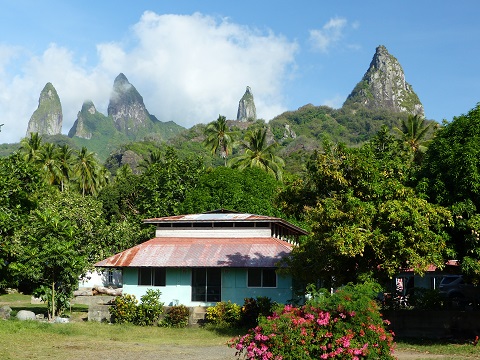 |
Random pictures from our month spent on the islands of Hiva Oa, Tahuata, Ua Pou, and Nuku Hiva
45 Photos
Created 18 July 2015
|
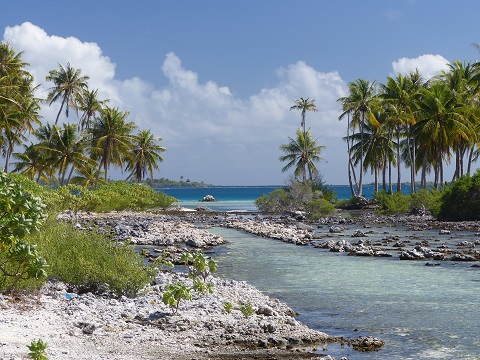 |
Random pictures from our month spent in 4 Tuamotu Atolls; Ahe, Fakarava, Tahanea, and Toau
32 Photos
Created 1 July 2015
|
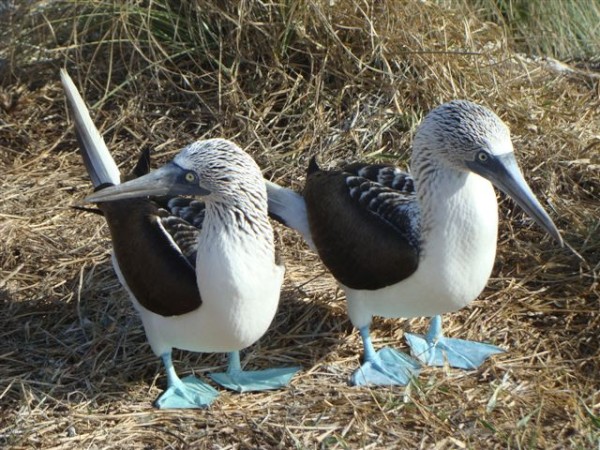 |
Some of the birds, fish, reptiles, and mammals (and others) that we have seen in Mexico
74 Photos
Created 5 May 2014
|
Tregoning

Who: Alison and Randall
Port: Gainesville, FL
